Over a bottle of vodka and a traditional Russian salad of pickles, sausage and potatoes tossed in mayonnaise, a group of friends raised their glasses and wished Igor Irtenyev and his family a happy journey to Israel.
My regional class has been learning about Russia this week and when I first started teaching a few years ago, I would teach that Russia had a population of 145 million. Today it is 141 million and part of that is due to migrants leaving a country that they see as lacking in economic opportunities and political freedoms (another part of the story is that birth rates plummeted after the collapse of the Soviet Union in what demographers have called the "Russian Cross"). In the last few years the population appears to have stabilized, but there are still many who do not see a vibrant future from themselves within Russia.
Tags: Russia, migration, Demographics, immigration, unit 2 population.
Via Nathan Parrish



 Your new post is loading...
Your new post is loading...

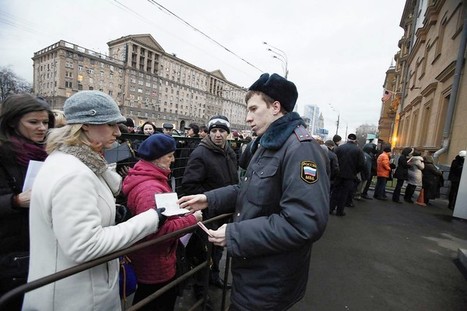



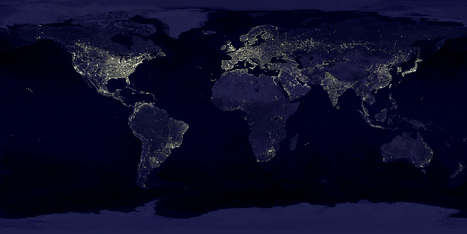
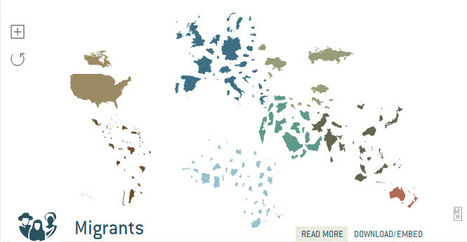


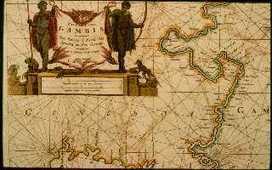
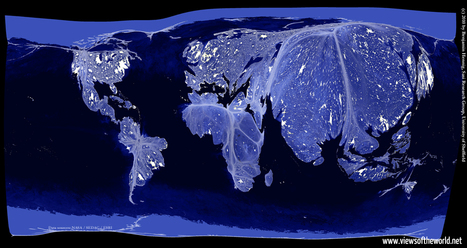





In the last 10 years about 1.25 million russians have emigrated out of Russia, but the way they do it is interesting. When they leave they dont sell their houses, or aparments, or cars they simply lock their doors and quietly slip away to the airports at night. The reasons for leaving are different thought, some are leaving because the prime minister is expected to return while some are leaving because of the awful econonmy. Either way the massive amounts of emigration is leading to a higher death rate then birth rate overall.
This article from a couple years ago is about Russian emigration. A large number of Russians were leaving the country for better economic opportunity. Some cite the overbearing rule of Putin, but the pay in other countries is just better than what Russia can offer. This was particularly the case for the more educated, another instance of "brain drain" hurting a nation which is already in trouble.
Migration occurs for many reasons. People move from country to country every day. Leaving Russia was this families choice and moving to Israel can have an impact on them greater than if they were to stay in Russia.